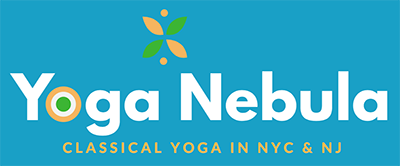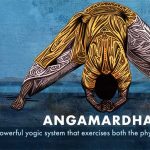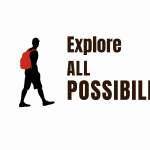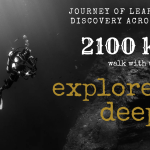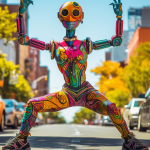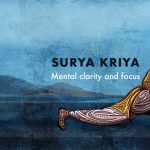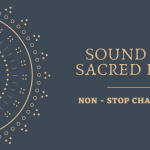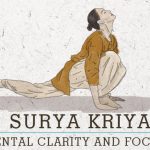Some may think that an AI-driven yoga practice is not only possible but can become a reality. AI can and is being integrated into yoga practice for :
- Personalized Yoga Programs: AI can analyze a person’s physical abilities, flexibility, and fitness goals to create personalized yoga routines.
- Pose Correction and Guidance: With the help of AI and machine learning, apps and devices can provide real-time feedback on yoga poses.
- Virtual Yoga Instructors: AI-driven virtual instructors can lead yoga classes, offering the convenience of a guided practice at any time.
- Yoga for Mental Health: AI can also be used to tailor yoga practices for mental health benefits.
- Integration with Wearable Technology: Wearables like fitness trackers and smartwatches can work with AI to monitor progress in yoga practice, track improvements in flexibility and strength, and even suggest the best time of day for yoga based on the user’s physiological state.
- Community and Social Features: AI can connect users with similar goals or levels of practice, creating a virtual community of yoga practitioners.
- Accessibility and Inclusivity: AI-driven yoga programs can be more accessible to people who may not have access to traditional yoga classes, including those with disabilities, the elderly, or people living in remote areas.
& more but what is missing in above is the presence of a live teacher & most importantly having the participant focus on their practice while teacher guides them, reminds students to stay focused on the asana and remind them to pay attention and provide details which only a live-in-person teacher can provide.
- Inspiration for Practice: AI-driven yoga can motivate individuals to start a yoga practice, serving as an initial stepping stone.
- Enhanced Learning through Personal Interaction: Personal interaction in yoga, which is more than just physical, significantly enhances the learning experience.
- Adaptability of Teachers: Live teachers can instantly modify the class, provide encouragement, or shift focus based on students’ needs.
- Focus and Mindfulness Reinforcement: Teachers can notice when students lose focus, offering verbal cues to maintain mindfulness and presence, key elements in yoga.
- Physical Guidance for Safety and Depth: In-person teachers provide physical adjustments, ensuring safe practice and deeper engagement in asanas or keep a note that the participants don’t injure themselves by going beyond their bodily limitations.
- Holistic Approach Beyond Postures: Yoga is a comprehensive practice; teachers give nuanced feedback and suggest progression paths, considering more than just physical prowess.
- Spiritual and Cultural Depth: Rooted in spiritual traditions, yoga benefits from teachers who can impart broader context, enriching the practice beyond physicality.
The AI driven Yoga can only inspire one to take the step to bring in a yoga practice. It can be useful where to attempt in areas where there is no teacher available but one must remember that they are complementary to, rather than a replacement for, the rich, nuanced, and deeply personal experience that a live, in-person yoga teacher provides.
